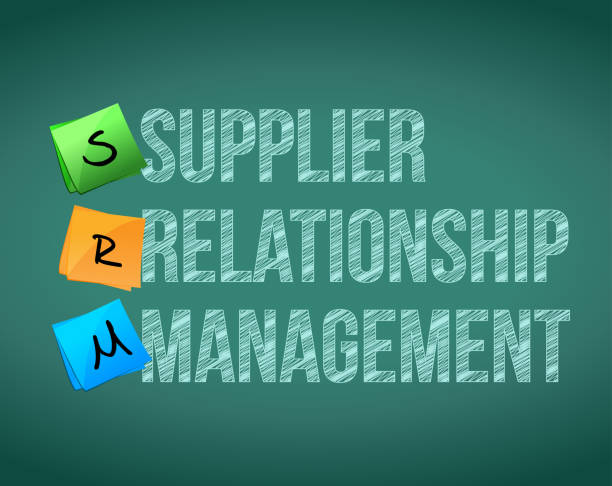For many years, purchasing was viewed more as a transactional role that involved negotiating a supplier’s pricing and delivery schedule, setting up a contract, and then putting it on hold until it was time to renew. Cost-cutting was its one-sided fixation, and as a result, it frequently overlooked opportunities to add more value. It was then companies are now aware of the many benefits of supplier relationship management, including how building mutually beneficial relationships with key strategic suppliers can result in a competitive advantage for the business through supplier-led product innovation, lower supply risk, a leaner supply chain, lower long-term costs, and more efficient procure-to-pay processes.
To optimize the value of strategic suppliers over the course of the partnership, top-tier procurement teams now proactively plan and rigorously manage those interactions that progress towards cooperative alliances. These days, procurement teams want to get a value for the company out of their supplier relationships. But because of inadequate strategy and execution, many firms are struggling to fully reap the benefits of supplier management programmes. An organization may frequently deploy a supplier relationship management strategy in the hopes of seeing results quickly, only to quit it midway through or continue working on it in vain.
Supplier management must be viewed by businesses as a long-term process requiring a cross-functional strategy, integrated governance, and creative ways to track and measure value. How can businesses be sure their supplier management initiatives are producing the optimum results?
Top supplier relationship management techniques:
To fill any gaps in these skill sets, supplier managers should be carefully chosen and given the necessary leadership and interpersonal training. Only then can they be trusted to carry out their duties.
To foster a sense of confidence between the two teams, working interactions between the procurement teams and suppliers should be casual. There should be more touchpoints to increase the chances of information transfer between the two teams.
Methodologies for measuring the impact of SRM initiatives
To monitor the program’s health, recognise its genuine value addition, give it the credit it deserves, and secure future investment, innovative, finance-tested approaches for measuring the monetary value supplied by supplier relationship management programmes must be established.
If something is worthwhile, it should be done properly, as the adage goes. This is certainly true of the strategic supplier relationship management approach. A company’s success or failure in the tactical and transactional sphere can be determined by how well it is done as opposed to how poorly it is done or not done at all.
Conclusion
There are many benefits to effective supplier management, and the profits may be substantial. A 360-degree evaluation of each process activity is necessary to develop and execute best practices that use all suppliers and stakeholders. The best techniques for the goal of good supplier relationship management are to keep things organised while promoting stronger collaboration. By continuously monitoring all facets of supplier management, procurement may increase overall success (communication, information, identification, performance, planning, supply risk, and more). These best practices would also contribute to raising the total value of the sourcing procedure.
